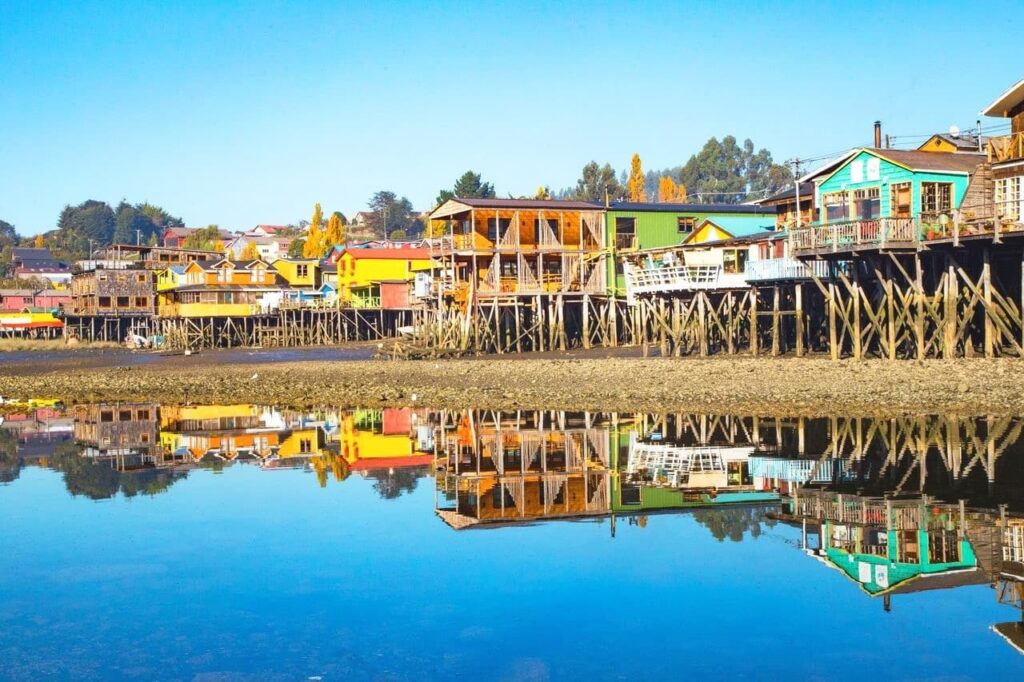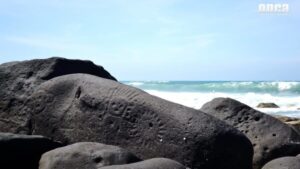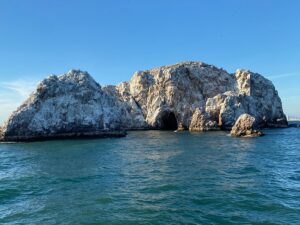Historic Churches of Chiloé Island, Chile
Chiloé Island, located off the coast of southern Chile, is a place where history, culture, and natural beauty converge. Known for its unique wooden churches, Chiloé offers a glimpse into the past with its well-preserved architecture and rich traditions. These churches, recognized as UNESCO World Heritage Sites, are a testament to the island’s cultural heritage and the blending of European and indigenous influences.
What to See
The churches of Chiloé are scattered across the island, each with its own charm and story. The most famous include the Church of San Francisco in Castro, with its vibrant yellow and orange facade, and the Church of Santa María de Loreto in Achao, the oldest church on the island. These structures are made entirely of wood, showcasing the craftsmanship of the local carpenters who used native timber to create intricate designs and sturdy buildings that have withstood the test of time.
Inside, visitors can admire the simple yet beautiful interiors, often adorned with religious artifacts and paintings. The Church of Rilán, with its serene atmosphere and stunning views of the surrounding landscape, is another must-visit. Each church offers a unique perspective on the island’s history and the role of religion in the lives of its inhabitants.
A Bit of History and Interesting Facts
The churches of Chiloé were built during the 18th and 19th centuries by Jesuit and Franciscan missionaries. They are a remarkable example of the fusion between European architectural styles and indigenous building techniques. The use of wood was not only practical, given the island’s abundant forests, but also symbolic, representing the adaptation of European religious traditions to the local environment.
An interesting fact about these churches is that they were constructed without nails. Instead, wooden pegs and joints were used, demonstrating the ingenuity and skill of the local builders. The churches also served as community centers, playing a vital role in the social and cultural life of the island’s inhabitants.
How to Get There and Tips for First-Time Visitors
Reaching Chiloé Island is an adventure in itself. The island is accessible by ferry from the mainland city of Puerto Montt. The ferry ride offers stunning views of the surrounding fjords and mountains, setting the stage for the beauty that awaits on the island. Once on Chiloé, renting a car is the most convenient way to explore the island and its churches, as they are spread out across various towns and villages.
For first-time visitors, it’s helpful to plan your route in advance, as some of the churches are located in remote areas. Guided tours are available and can provide valuable insights into the history and significance of each site. Don’t forget to bring a camera to capture the picturesque landscapes and unique architecture. Also, be prepared for the island’s unpredictable weather by dressing in layers and bringing a raincoat.
Chiloé Island’s historic churches offer a unique opportunity to step back in time and experience a piece of Chile’s cultural heritage. Whether you’re a history enthusiast, architecture lover, or simply looking for a peaceful retreat, these churches provide a fascinating glimpse into the past and the enduring spirit of the island’s people.








